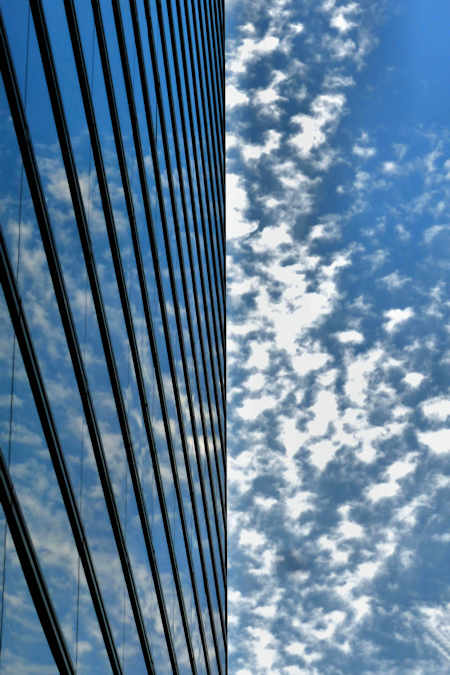Showing posts with label Architecture. Show all posts
Showing posts with label Architecture. Show all posts
Tuesday, October 3, 2023
Nabeshima Mansion
Labels:
Architecture,
kyushu108,
mansion,
nagasaki,
preservation district
Tuesday, September 19, 2023
Disappeared Japan Yamane Residence Hamada
Labels:
Architecture,
Hamada,
interiors,
kamidana
Wednesday, August 30, 2023
Tomogaura Tomokan
Labels:
Architecture,
iwami ginzan,
Japan Sea Walk,
Museum,
world heritage
Wednesday, August 23, 2023
Umeda Architecture Snapshots
The previous post in this series on the Kinki Fudo Myo Pilgrimage was Settsu Kokubunji Temple.
Labels:
Architecture,
kinkifudo,
nikken sekkei,
Osaka,
umeda
Wednesday, August 9, 2023
Dejima
The only Japanese people allowed into the compund were government officials and prostitutes.
Labels:
Architecture,
dejima,
kyushu108,
nagasaki
Sunday, August 6, 2023
Nagasaki Prefectural Museum of Art
The Nagasaki Prefectural Museum of Art opened in 2005 on the waterfront of Nagasaki City.
Labels:
Architecture,
kuma kengo,
kyushu108,
Museum,
nagasaki
Subscribe to:
Posts (Atom)




































































